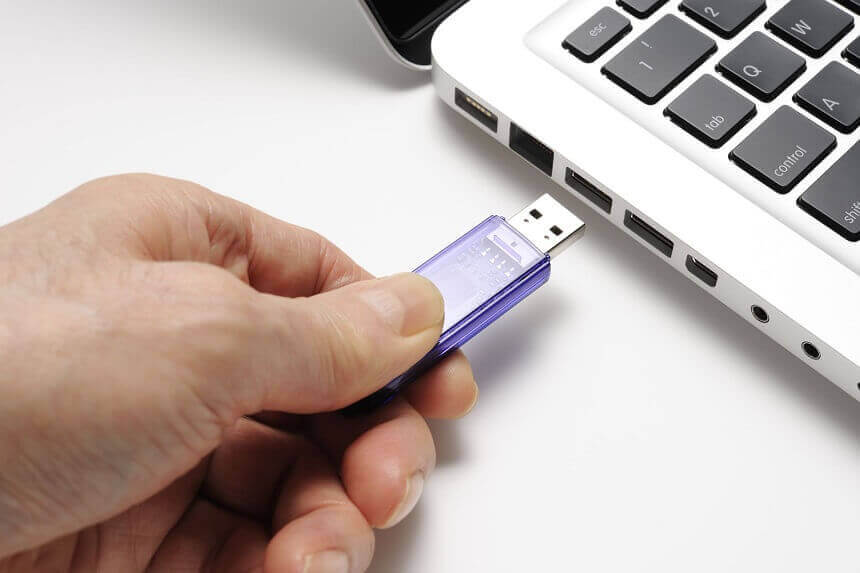Universal Serial Bus (USB) flash drive
A compact plug-and-play storage system that uses flash storage and is compact enough to connect to a keychain is a USB flash drive, also known as a USB stick, USB thumb drive or pen drive. Instead of a compact disc, a USB flash drive may be used. The machine’s operating system identifies the device as a removable drive and assigns a drive letter when a user plugs the flash memory card into the USB port.
A USB flash drive can store essential files and data backups, hold favorite settings or programs, perform device troubleshooting diagnostics or launch an operating system from a bootable USB. Microsoft Windows, Linux, MacOS, various Linux flavors and several BIOS boot ROMs are supported on this drive.
The first Flash drive arrived in the market in 2000 with a storage capacity of 8 MB. Depending on the manufacturer, drives currently have capacities ranging between 8 gigabytes and 1 terabyte, and future capacity levels are projected to exceed 2 TB.
The memory is a multi-level cell in most USB flash drives and is ideal for 3,000 to 5,000 program delete cycles. Some drives, however, are designed with single-level cell memory, which supports around 100,000 writes.

The life expectancy is also influenced by how a USB flash drive is used. The newer data is deleted and written on the computer by users, the more likely it will degrade.
USB specifications
Three main USB flash drives are available that can be attached via 1.0, 2.0 and 3.0.0. Each release of the specification enables faster rates of data transfer than the previous edition. In addition to these three models, there have been numerous pre-releases and different changes as well.
In April 2000, USB 2.0, also referred to as Hi-Speed USB, was announced. This project was established by the USB 2.0 Supporter Group, an organization led by Compaq, Hewlett-Packard, Intel, Lucent Technology, Microsoft. The USB 2.0 offers a 480 Mbps maximum data transfer rate. This has increased productivity by up to 40 times. It is backward compatible so that USB flash drives can quickly migrate using original USB technology.
In November 2008, USB 3.0, also known as USB SuperSpeed, was launched. In January 2010, the first 3.0-compatible USB storage started shipping. SuperSpeed USB was created by the USB Promoter Community to improve the transmission rate of data and lower power usage. While active, it has lower power requirements and is backward-compatible with USB 2.0.0. USB 3.1, referred to as SuperSpeed + or SuperSpeed USB 10 GB/s, was revealed in July 2013. It boosted up the data transmission rate and improved data encoding for greater throughput.
Advantages and disadvantages of Universal Serial Bus (USB) flash drives
USB flash drives use no electricity and have no mechanical parts. Whether encased in plastic or rubber, the machines are durable enough to withstand electric shocks, bruises and dust and are normally waterproof. When the unit is unplugged from a system or the machine is shutting off with the drive still intact, information on USB flash drives can be maintained for a long time. This allows users to transfer files from laptops and a desktop computer for a USB flash drive or private backup purposes.
Unlike other removable drives, after attaching, a Flash drive does not need to be restarted, does not require a battery or an external power source, and does not depend on the person. Extra functionality such as password protection and downloadable drivers are provided by some vendors, allowing the computer to be compatible with previous devices without USB ports.
USB flash drive disadvantages include the need to perform a limited number of write-and-delete loops, data loss, and vulnerability to ransomware before the drive fails. Information leakage, as the systems are compact and difficult to control, is an issue. When the device is plugged into an infected network, a malware-related security breach will occur. But authentication and frequent checking of the USB flash drives are normal strategies to protect against security breach.
